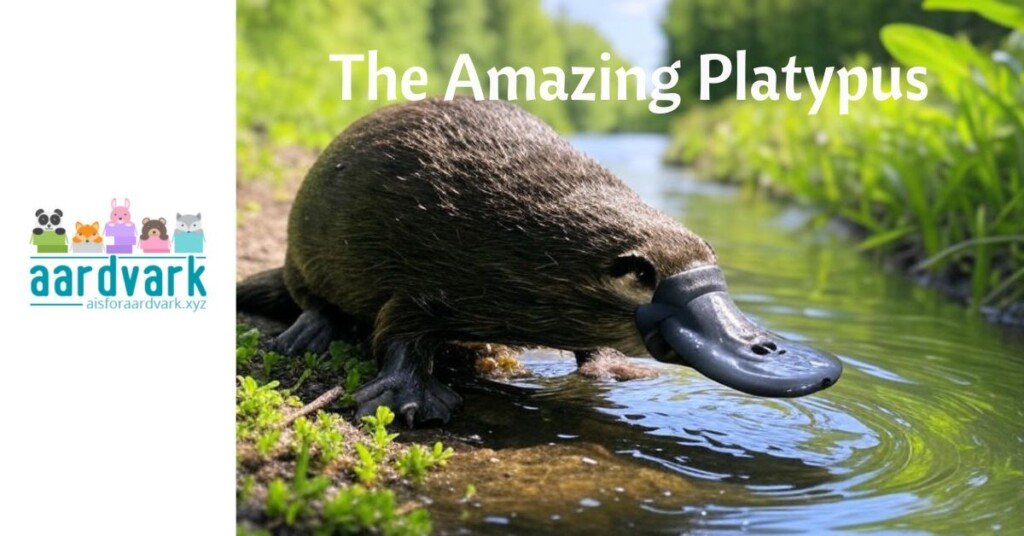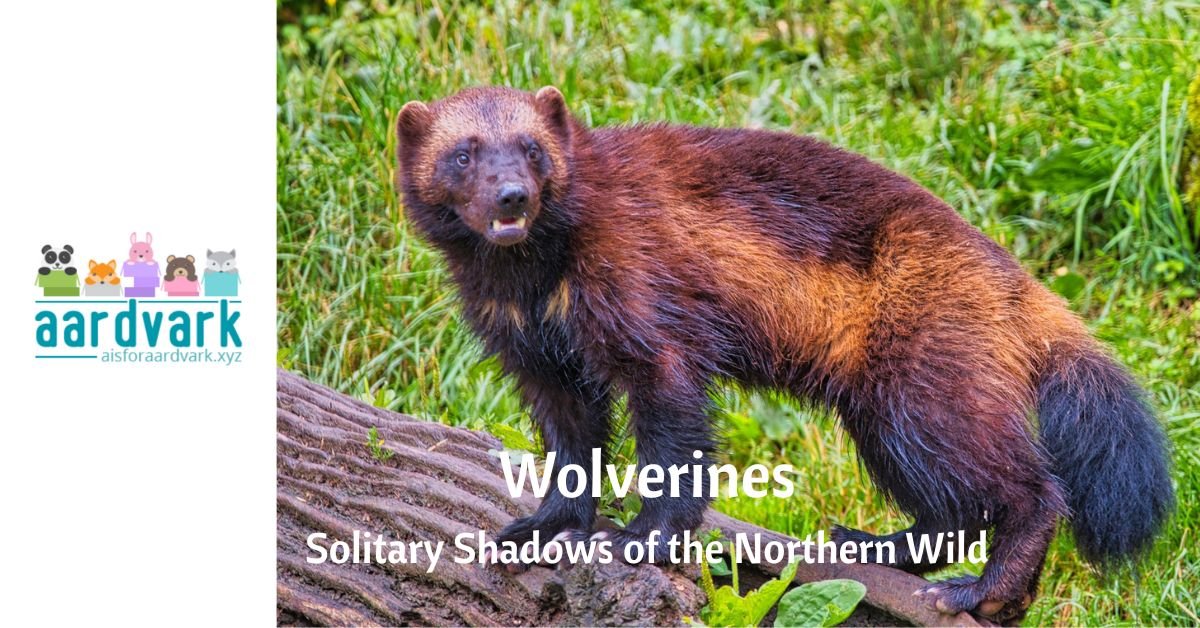The platypus is one of nature’s oddest creations. This animal seems to defy logic with its blend of unusual features. Found in eastern Australia and Tasmania, it is easily recognizable by its duck-bill, webbed feet, and beaver-like tail. But despite its peculiar appearance, it’s a mammal, even if there are none others like it. In fact, the platypus is often described as a biological mystery, with a collection of traits that don’t quite fit into the neat categories of mammals, birds, or reptiles.
A Mammal Like No Other
The platypus’s (Ornithorhynchus anatinus) combination of traits makes it stand out in the mammal world. While most mammals give birth to live young, the platypus lays eggs—a characteristic more commonly found in reptiles. It also has a bill that resembles that of a duck and a tail that looks like a beaver’s. To add to the strangeness, it has webbed feet and spends a lot of time swimming, hunting for food.
Despite these quirks, the platypus is classified as a mammal, belonging to a very special group known as monotremes. Monotremes are the only mammals that lay eggs, and they represent an ancient lineage that has existed for millions of years. There are only five species of monotremes alive today, and the platypus is the most famous of them all. This small group of egg-laying mammals is truly one of nature’s evolutionary oddities.
Habitat and Distribution
The platypus has a relatively limited range, found only in eastern Australia and Tasmania. It prefers freshwater environments like rivers, streams, and lakes, where it can dive and forage for its food. It’s a master of navigating through these waterways, and although it’s a good swimmer, it spends a lot of time burrowing into riverbanks to create a secure home for itself.
Platypuses are nocturnal and typically solitary creatures. They retreat to their burrows during the day and emerge at night to hunt. They’ve evolved to thrive in their specific habitat, making the protection of these natural spaces crucial for their survival. Unfortunately, as with many wildlife species, habitat destruction and climate change pose ongoing threats to the platypus’s well-being.
How the Platypus Hunts
When it comes to hunting, the platypus uses some highly specialized tools to help it find its food. One of its most fascinating features is its bill. It’s shaped like a duck’s but is also highly sensitive. The platypus uses electroreception, a remarkable ability to detect the electric fields produced by the movements of its prey. While swimming underwater with its eyes, ears, and nostrils closed, the platypus relies on this extraordinary sense to locate small invertebrates like insects, larvae, and crustaceans.
By probing the mud and sand at the bottom of rivers and streams, the platypus hunts for its next meal. It can store food in special cheek pouches located near its jaw, taking the food back to the surface to eat. Despite its somewhat awkward appearance, the platypus is an efficient and skilled hunter, thanks in part to the unique electroreception.
Venomous Spurs and Other Defenses
While the platypus may seem like an oddball in terms of its appearance and hunting habits, it’s also got a surprising defense mechanism: venomous spurs. Males, in particular, have spurs on their hind legs that can deliver a potent venom. They use it mainly in mating competition with other males rather than for hunting. The venom isn’t deadly to humans, but it can cause excruciating pain and swelling. For anyone who might be tempted to handle a platypus, it’s a clear reminder that even the cutest creatures can pack a punch when they need to.
These spurs are just one of the ways the platypus defends itself. Though it’s not a predator in the typical sense, it’s well-equipped to fend off threats when necessary. Its burrowing behavior also provides protection from many predators, allowing it to hide away from danger in its safe, underground lair.
Reproduction and Life Cycle
The reproduction of the platypus is another fascinating aspect of its life cycle. Unlike most mammals, the female platypus lays eggs. After mating, the female will retreat to a burrow, where she lays one to three eggs. She then incubates the eggs by curling around them to keep them warm. The eggs hatch after about ten days, and the tiny, helpless babies—called puggles—are born blind and hairless.
Puggles are fully dependent on their mother in the early stages of life. They feed on their mother’s milk. But this milk isn’t delivered through nipples. Instead, it’s secreted through the skin, absorbed by the puggles as they suckle directly from the mother’s fur. The puggles stay in the burrow for several months before they’re old enough to swim and forage on their own. By then, they’ve developed the skills they need to survive in the wild.
Evolutionary Oddball
The platypus has always intrigued scientists, with its bizarre mix of features making it an evolutionary enigma. When the first specimens were brought to Europe in the late 18th century, many scientists initially thought they were hoaxes. The idea of an animal with a duck’s bill, beaver’s tail, and webbed feet was so outlandish that some believed it was a piece of taxidermy cleverly put together.
As science progressed, however, the platypus was classified as a monotreme, a group of egg-laying mammals. This discovery placed the platypus as one of the most primitive forms of mammal alive today, bridging the gap between reptiles and mammals. Fossil records also show that platypuses and their relatives date back millions of years, making them a true living fossil. They’re an evolutionary oddball that survived where many others did not.
Conservation and Threats
The platypus faces numerous challenges in the wild. Climate change, habitat destruction, and water pollution are all major threats to its survival. Platypuses depend on clean, healthy waterways for both food and shelter, and changes to their environments—whether through urbanization, agriculture, or drought—can have serious impacts on their populations.
The platypus is currently listed as a species of “least concern” by the International Union for Conservation of Nature (IUCN), fortunately. Stil, in some areas, platypus populations have been significantly reduced, and conservation efforts are needed to maintain and protect their habitats. Protected areas and local conservation initiatives are critical in ensuring the survival of this remarkable species in the wild.
Platypus in Pop Culture
The platypus’s unique appearance and characteristics have made it a star in popular culture. Maybe most famously, the animated character Perry the Platypus from the TV show Phineas and Ferb has captured the hearts of fans worldwide. As a secret agent, Perry’s calm demeanor and quirky nature made him a memorable and beloved character.
But the platypus’s influence extends beyond cartoons—its symbolism in Aboriginal mythology and Australian culture highlights its importance as a creature that embodies the mysterious and untamable spirit of the wild.
Fun Facts and Oddities
There’s no shortage of strange and interesting facts about the platypus. For one, it has no stomach—its food passes directly from its esophagus to its intestines! Another fun quirk is that platypuses glow under UV light, a feature that still baffles scientists.
And as if it weren’t already peculiar enough, the platypus has 10 sex chromosomes—far more than most mammals, who typically only have two. All these unique traits make the platypus one of the most extraordinary animals on Earth.
In conclusion, the platypus is a fascinating example of nature’s creativity and mystery. Its mix of mammal, reptile, and bird-like characteristics makes it an evolutionary marvel, and its ability to survive in a changing world makes it worth protecting. With its quirky traits, rare biology, and a vital role in Australian ecosystems, the platypus reminds us how valuable and unique the creatures around us truly are. Protecting its habitats and ensuring its future is something we can all support, as this extraordinary animal deserves to thrive for generations to come.






